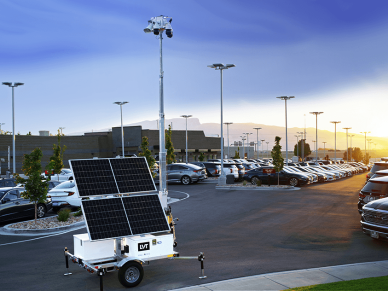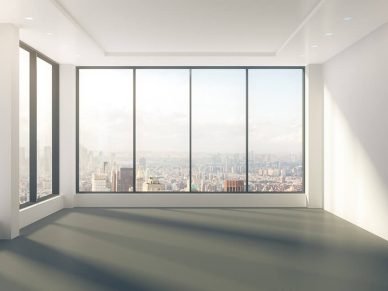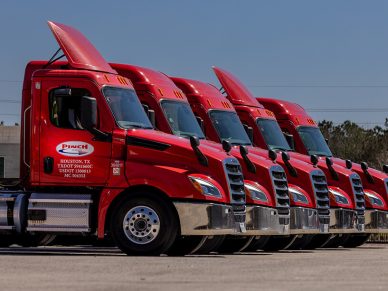An inside look at the genesis and triumph of mobile security pioneer LiveView Technologies
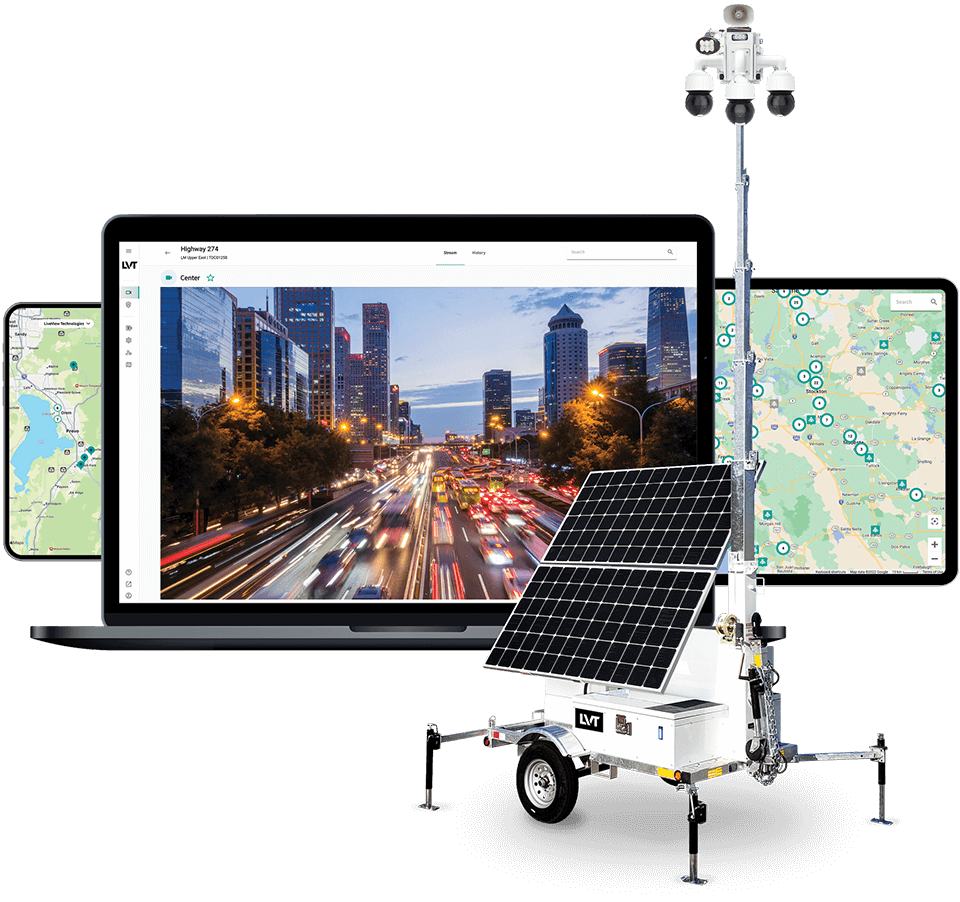
“To take a camera and stick it outdoors and then to be able to live stream it anywhere on the planet to any device was unheard of when we founded the company,” said Steve Lindsey, CTO/CIO and co-founder of LiveView Technologies (LVT). That was in 2011, when LVT came on the scene to disrupt CCTV and the physical security industry.
In 2005, Ryan Porter, co-founder and CEO of LVT, was working in construction financing when he thought of putting a live camera on home construction sites so owners could see their properties being built. It was a great idea whose time hadn’t quite come, so along with his colleague, Bob Brenner, co-founder and EVP of Hardware and Manufacturing, they worked on creating a solution. Their early efforts were a hit with local construction companies, and it was clear their tech approaches had the potential to do greater things. Six years later, David Studdert and Lindsey rounded out the founding group, and the rest, as they say, is history. Today, LVT is renowned for its innovative mobile security solutions.
“When we first founded the company, we weren't trying to be a security company by any means. We were just looking at the value of live streaming video for project management,” said Lindsey, an expert in cloud and enterprise computing who came from outside the security industry. “When I came in, I’d already seen some of the solutions and some of the problems being solved in various ways in cloud computing and IT business tech stacks, so applying that to the security industry was very exciting.”
From a technology perspective, the company’s initial goal was to find a way to deploy technology outdoors using cellular and satellite connectivity, and to find a way to power those systems. Solar was among the renewable technologies put into place. There also needed to be sufficient battery storage, and LVT’s partnership with Crown Batteries made it possible to meet the rigorous power and environmental needs the system required.
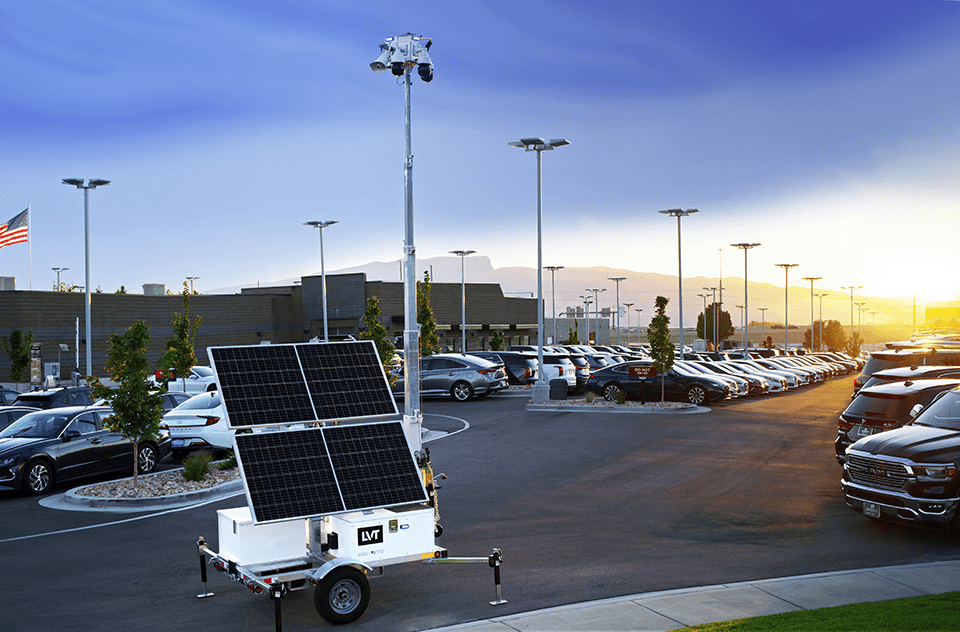
“Powering entirely on solar was a difficult problem to solve because mother nature never cooperates and electronics and computers are naturally power hogs,” says Lindsey. “Add on top of that the inherent unreliability and extreme cost of cellular connectivity to stream live video, we had our work cut out for us.” Lindsey and his very small team of engineers did solve the problems and came up with many innovative and patented solutions that are still the foundation of the technology stack and business today.
With the ability to cost effectively live stream video from any spot on the planet, LVT began to catch the attention of department of transportation groups across the nation. “We started getting calls from various DOTs across the country who had heard about our ability to live stream video in areas where no infrastructure existed,” says Lindsey. LVT began branching out of its home state of Utah and installing systems all over the country. Lindsey adds, “The fact that the system was cloud native, only needed a web browser to use, was secure, and allowed DOT personnel to access any camera using a simple geolocation map was groundbreaking for them.
“Then the next problem was figuring out how to keep the systems up and running when they included IoT devices that were never really meant to be outdoors, especially in rugged, remote environments,” he recalled. The solution: Build an edge-based intelligence device that consumed very little power but could automate the health monitoring, diagnosing, and self-healing of every device in the system and couple that edge device to native cloud services for enterprise management.
The controller had to be smart enough to fix anything that was wrong with the unit on its own without a human being involved and with the small power budgets that come with renewable energy. “When we invented this solution for the edge controller, our uptimes were starting to be very, very reliable as a solution, and it also introduced a platform that allowed us to start adding more intelligence to the system,” he explained.
As the company continued to expand with its ruggedized outdoor live streaming technology, requests to apply the technology to security applications was a frequent ask. Lindsey recalls, “We constantly tried to deflect requests to be installed in security applications because we knew that if we started to solve for security scenarios, the system had to be accurate and reliable and effective. Security requires the highest levels of dependability because of the liability that is at stake.” However, LVT knew that they had the technology foundation of what could be a security solution and focused their engineering efforts to solve the problem.
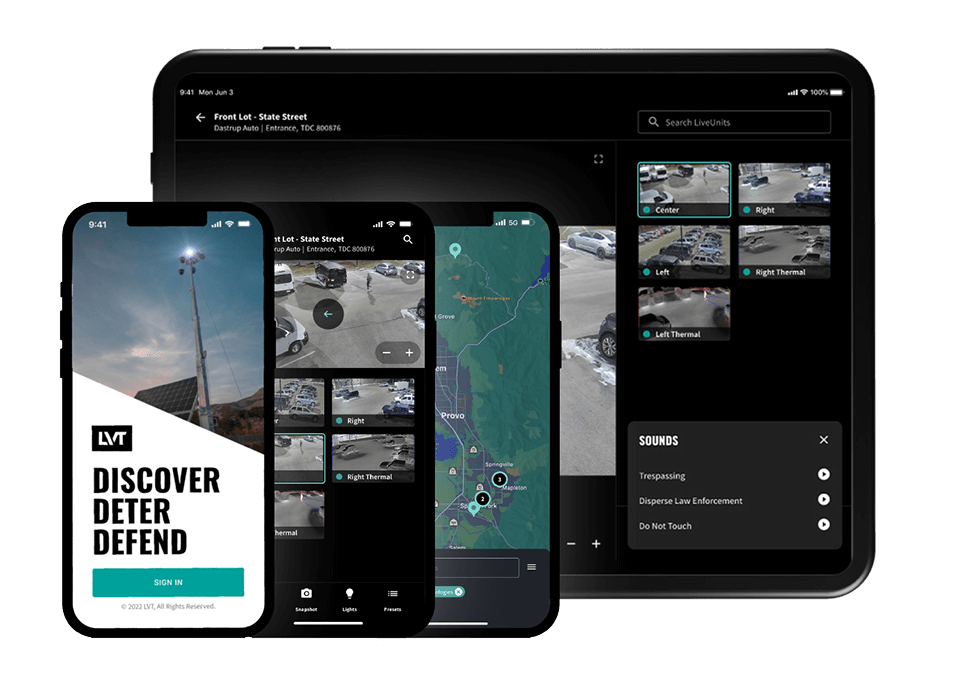
As LVT’s development on the security solution progressed, more capabilities were coded into the edge controller allowing it to intelligently drive and manage all of the lights, cameras, and speakers when the unit detects an intrusion. The edge controller was taught to collect all of the input from the cameras and other sensors at its disposal, translate the data into one cohesive language, identify threats according to user-defined parameters, and make it available on the LVT Platform in a user-friendly format. Recordings of incidents and alerts are automatically sent to the cloud.
“Applying video analytics to the solution was very cutting edge for LVT back in the day, especially in an outdoor environment. One of the first things that we brought to the industry was this automated detection,” he said. To this point, cameras relied on motion detection which was highly susceptible to false alerts. Introducing AI based video analytics made a huge difference in the usability and accuracy of the system.
Throughout the development of LVT’s first security solution, an important question needed to be resolved: what to do once a potential bad actor is detected? LVT knew that the solution had to be a force multiplier of human resources so rather than immediately putting a human into the loop, the team decided to have the system do the best it could to scare intruders away. “We're not just talking about some simple alarm. We're talking about something that's more personable. We can have different strobe lights turned on or have a different spotlight turn on and those things can be intimidating, but adding a customized audio talk-down can be really effective, and more specific to what the system is seeing.” This innovative concept led to LVT’s Mobile Security Unit being the first-of-its-kind guard augmentation and replacement solution that was fast to deploy, extremely accurate when detecting and automatically deterring threats, and cost-effective.
The introduction of automated deterrence was a true game-changer. LVT found that 70% of intruders detected by the system would leave the scene without any further intervention. Working closely with Abrams vehicle lighting solutions, LVT was able to develop the strobe light pattern and alarm state lighting that is so recognizable on the LVT systems you see all across the country. If a trespasser ignores the system’s automated visual and audible messaging warnings, a human observer, typically working from a central situational awareness command center, responds and takes whatever additional steps are needed to resolve the issue.
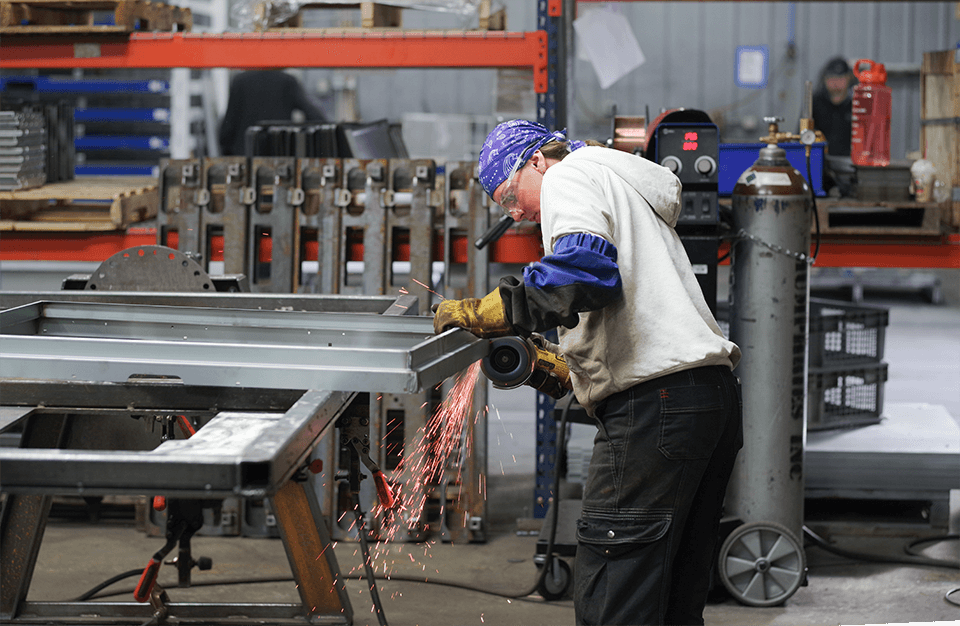
“The efficiency of 70% automated deterrence really manifests itself in scaling the human resources that are needed,” he stressed. There’s no infrastructure needed for the solution to work, making it infinitely scalable. “Whether it's on the mobile security unit, whether it's on its little trailer power pedestal, or if we mount it to the side of the building, you don't have to run power lines to it. You don't have to run internet connectivity to it. You don't have to get your IT departments involved in how to add it to the network and secure it. It’s a turnkey solution that we can literally roll up, unpack, flip the switch on, and within minutes of arriving, there’s a full security solution in place.” Over-the-air functionality of the system is easily managed through the cloud portal at enterprise scale. LVT has partnered with AWS to provide the high availability and secure cloud infrastructure needed to run a reliable 24/7 global security solution.
“As a founder of this company, it’s been fun to see the evolution of technology and always being at the forefront of pushing the boundaries of what is possible, especially in these very rough outdoor environments,” Lindsey mused. “We've had great success as the leader in that space, and now significantly ahead of the copycats that we're starting to see come into the industry.”
LVT provides rapidly-deployable surveillance hardware that runs on our proprietary SaaS platform. Our enterprise-grade safety and security ecosystem makes it easy to secure virtually any physical environment through intelligent automation and actionable insights.
Corporate Office
802 E 1050 St.
American Fork, UT 84003
Phone Number: 801.221.9408
Homepage Link: https://go.lvt.com/
LinkedIn: https://www.linkedin.com/company/lvt/

